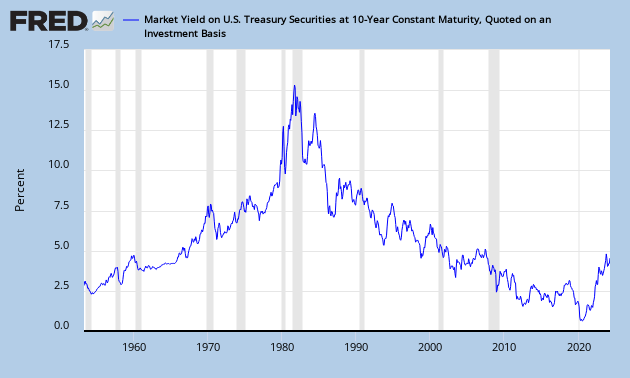Canada versus U.S. nominal GDP since the Great Recession
During the recession nominal nominal spending (or income) bottomed in Q2:2009 for both countries. The second quarter of 2014 therefore marks five years since NGDP bottomed in Q2:2009.
During these five years nominal spending in Canada has been growing on average at 4.8% while the U.S. growth rate has been only 3.8%. Canada has therefore been growing approximately 1% faster annually. Cumulatively this growth difference has amounted to 7% higher spending in Canada.
The trend NGDP growth rate for both countries was approximately 5.1% prior to the recession. Canada is growing close to the trend rate while the U.S. is growing significantly below trend.
Based on the hypothesis in my March 2013 blog the slower growth is due to monetary policy. Others argue the lower spending growth is due to secular stagnation driven by lower population and productivity growth rates.
Spending matters for governments because nominal spending is required to pay-off bonds which are nominal in nature. The same can be said for corporate debt. With lower spending growth, it will be harder to pay off debt.
Canada versus U.S. NGDP Growth Since the Great Recession




